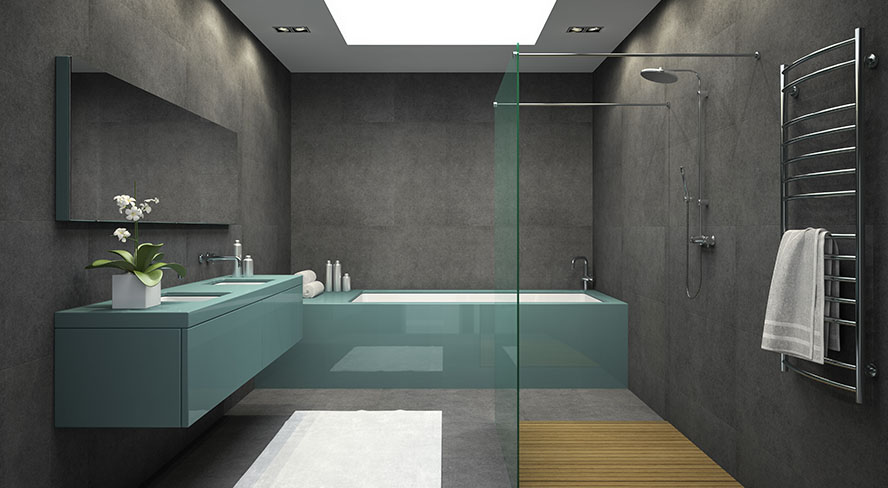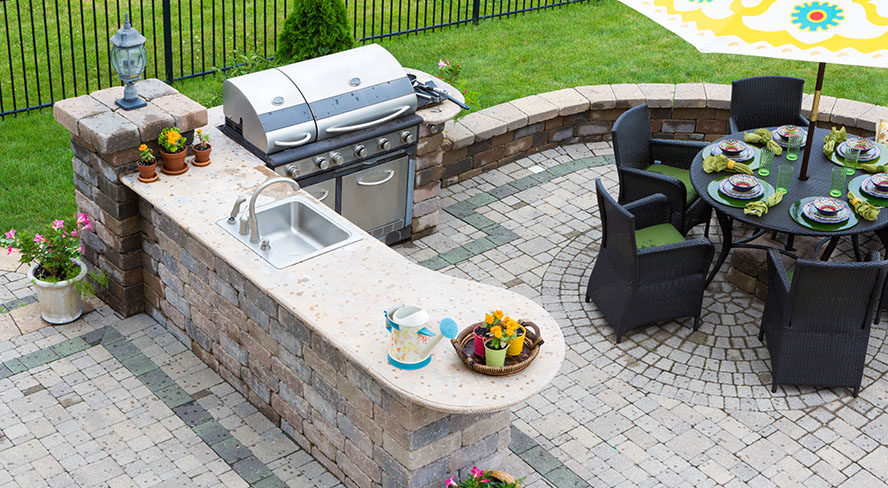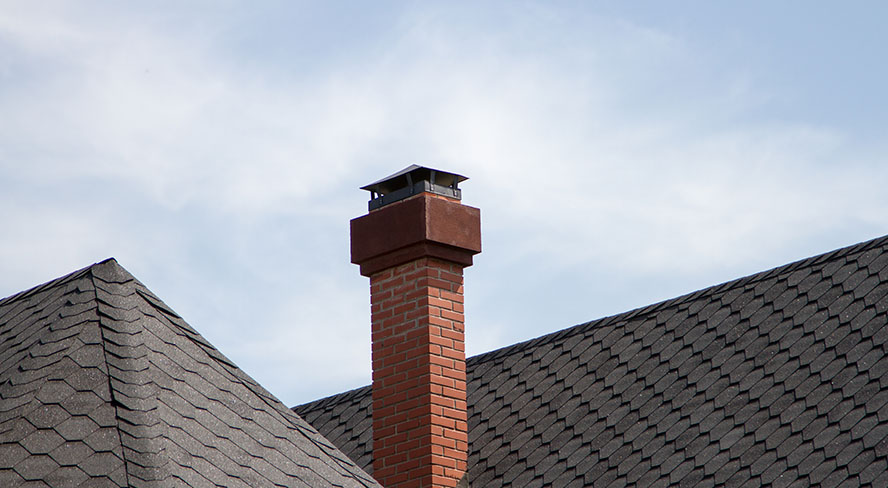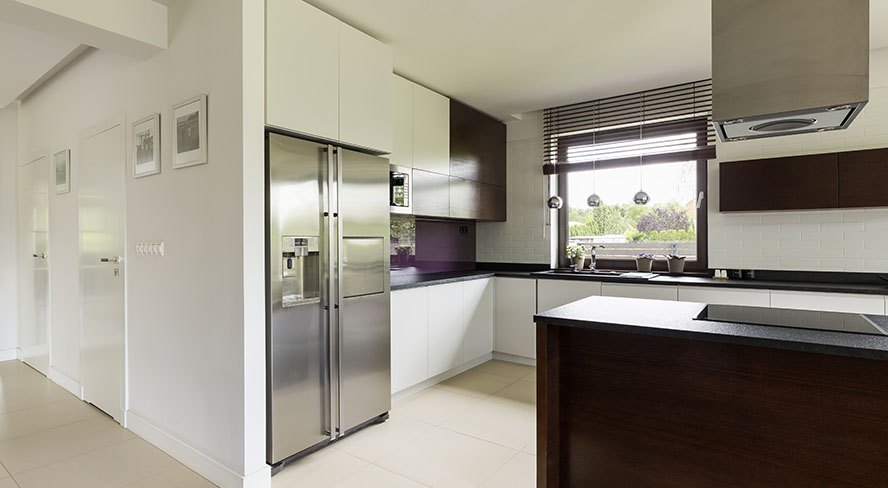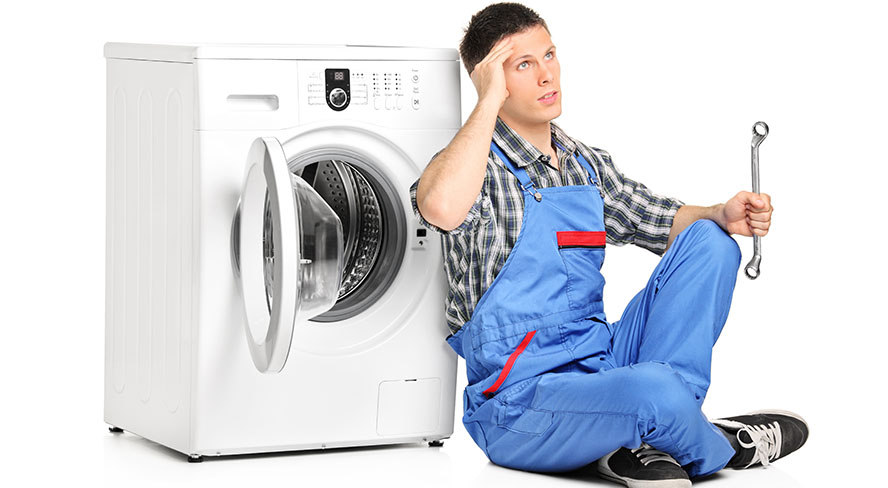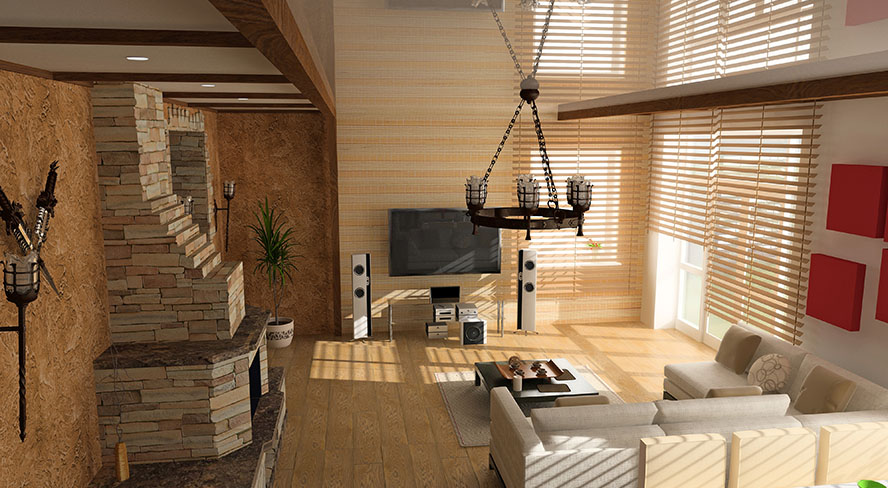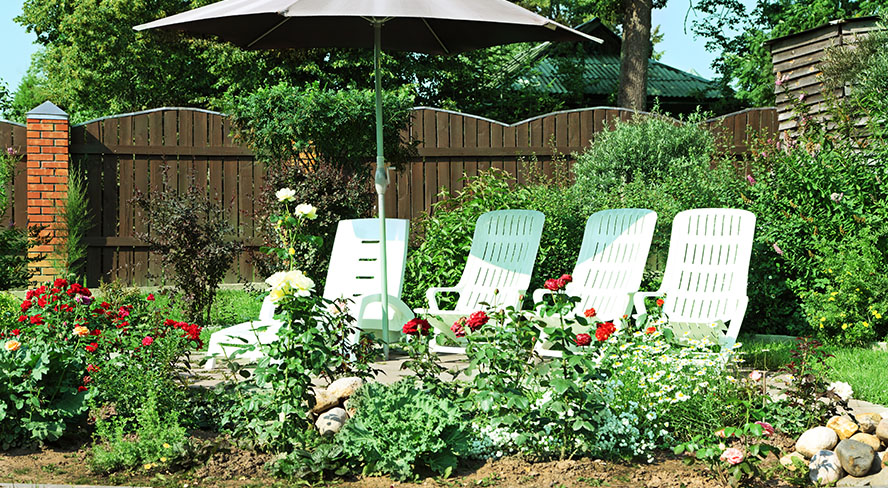Have you ever noticed puddles and pools of water around your sinks and pipes? Obviously you would have because leaking drains and pipes is a fairly common problem and one that is often unavoidable. But, what do you do in such a situation? Call in a drain contractor who fixes it and then charges a good sum of money.
The pipes and drains leak due to old and worn out pipes because they have been there for a long time. Secondly sometimes outer obstruction such as acidic cleaners or garbage can also lead to leaks. But what if I tell you that you can actually save your pipes from huge leaks and also yourself from huge water bills and plumber bills. How? Through inspecting your drainage pipes yourself. DIY inspection is no rocket science but you need to concentrate and look closely.
The Water Meter
If you are facing extraordinary high water bills for a few months and do not know the reason for it then you need to check leaks in your drainage pipes. Turn off all the taps of water in your home. Bathroom and kitchen and all areas of the house. Check the toilet as well. Once this is done, check the water meter, if it is still running then surely there is a leak somewhere which you need to look for.
The Sinks
Before you begin the pipes inspection, you will need a high powered flashlight as you will be checking under the sink and small nooks and crannies. Inspect all the sinks one by one. Put the stopper, turn on the tap and fill the sink to the brim. Now pull the stopper and let all the water drain through at once with force. If the water drains slowly or there is a foul odor then there is a clog. You can easily take out the clog by using a wire hanger or other tools for this purpose. Look carefully at the drain stopper when the water is draining and this is the most common area of a leak in the bathrooms. If you notice water leaking then you can fix it by tightening the nut of the drain stopper.
Coming to the kitchen sink, put the stopper and fill the water. Turn on the garbage disposal of you own one. This test will identify leaks in the garbage disposal as well. Pull out the stopper and let water drain through with a gush. If there is a leak then the water will come up from the other sink where there is no garbage disposal. This is usually due to clogged drain pipes, old and worn out pipes or steel pipes. The only solution is to get your drain pipes replaced. The kitchen sink test can sometimes cause water backup or puddles of water from leaks in the basement floors, the sinks and laundry areas of the basement, so you will need to go down and check for leaks after the test.
The Toilets
Stand in front of the toilet and try to shake it. Loose toilets can often lead to leaks. Flush your toilet 3 to 4 times with pressure and look for water pools around the toilet thoroughly. The bathroom should be completely dry before doing this so even the slightest leak could be noticed. If you face the problem of a clogged toilet frequently then you should replace your toilet.
The Tubs
Before starting make sure you know where the shower or tub drain is. Sometimes it’s a hole in the wall and sometimes situated outside the house. Put the stopper and fill the tub till the overflow and watch carefully to see if the tub is leaking from anywhere. Once this is done pull the stopper and the water drain through. You will know any sort of leaky pipe through this test.
Conclusion
Inspecting your drainage pipes on a regular basis can save you from high water bills and also from the leaking problem to aggravate and hence save on the plumbing costs as well. If you see a clog, you should hire drain cleaning services for proper cleaning, it will ensure that the clogs won’t happen frequently giving you peace of mind.

